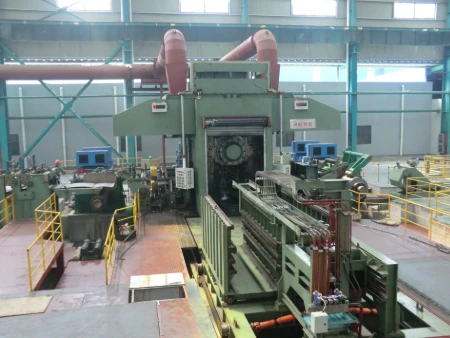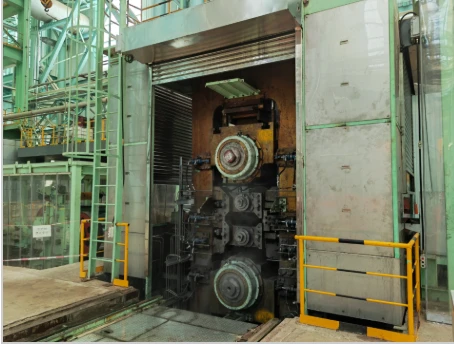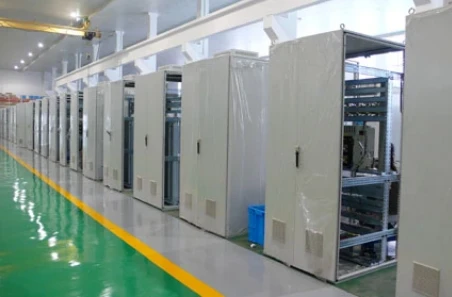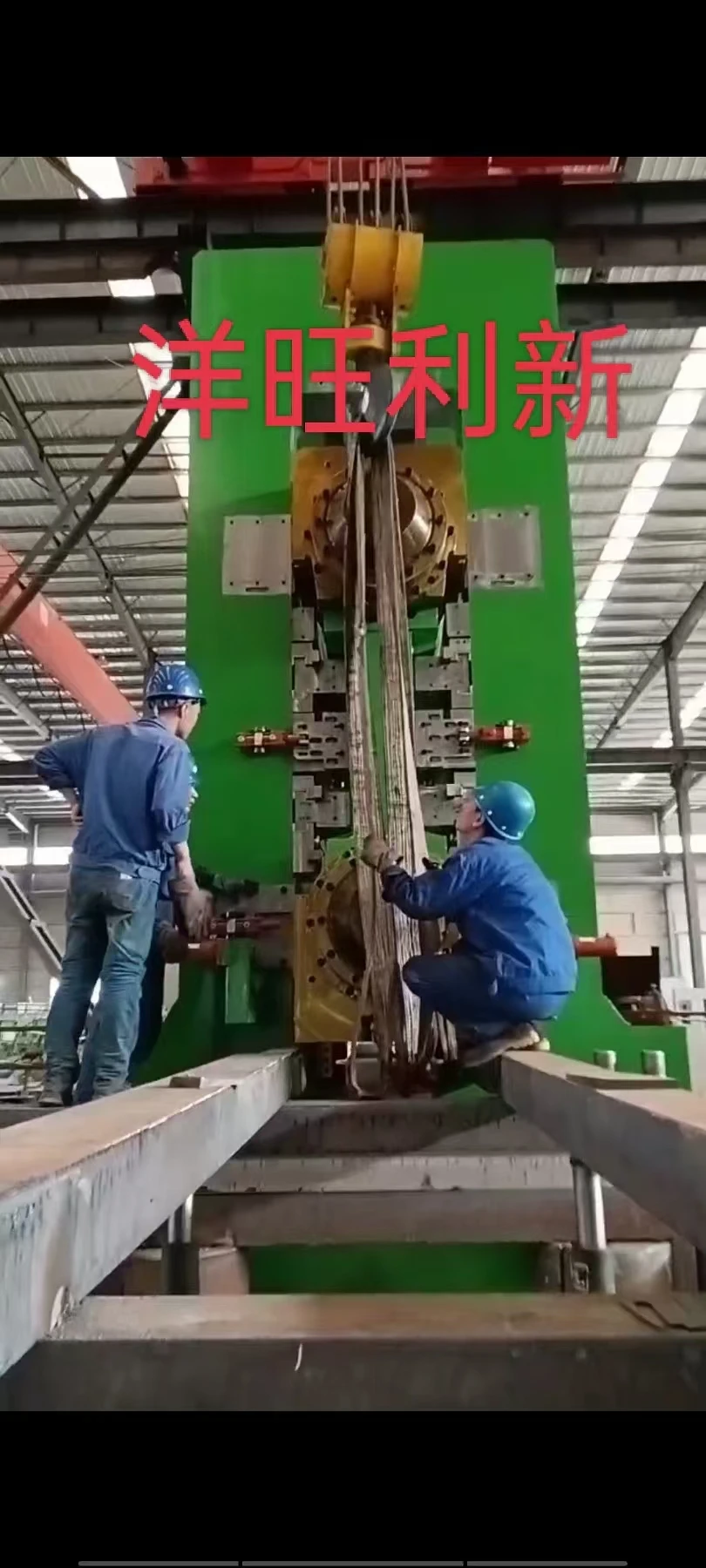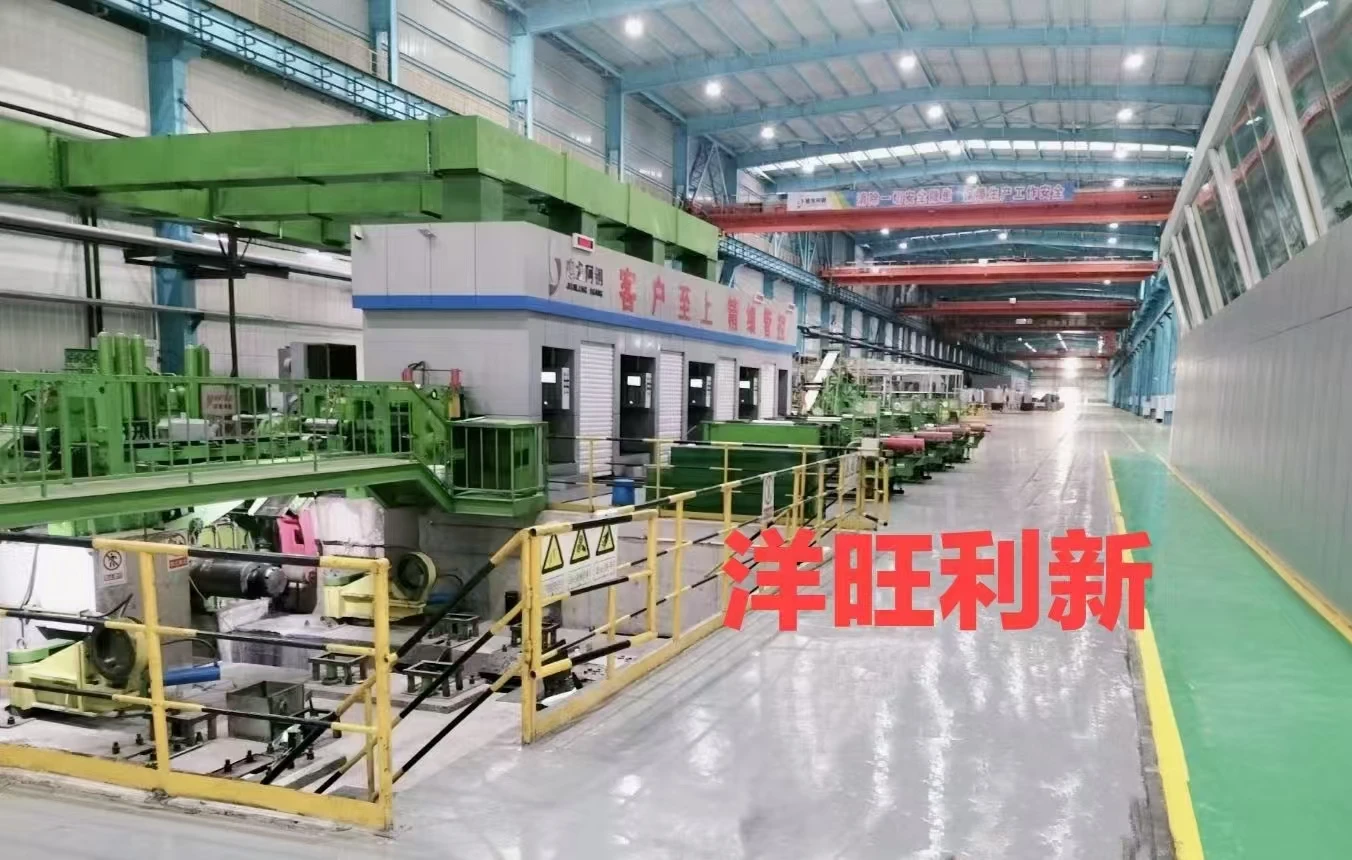Preguntas frecuentes
-
¿Cuales son los productos de la empresa?
AGC, laminadores en frío reversibles de cuatro y seis alturas, laminadores skin pass con APC/AFC, laminadores de temple, laminadores en frío tándem de cinco cajas, dispositivos de temple con agua para la producción de barras y alambres, laminadores de unión en frío y líneas de producción de laminado en caliente para acero tipo Z y barras planas.
-
¿Donde están vendiendo las empresas?
Grupo MCC CISDI, WISDRI, CERI, SinoSteel y plantas de acero en Rusia, Japón, Malasia, Indonesia, Uzbekistán, Pakistán y otros países.
-
¿Qué servicios se prestan?
Nuestra empresa es un proveedor profesional de ingeniería llave en mano para consultoría, diseño, fabricación, instalación y depuración de maquinaria metalúrgica.
-
What are the main differences between reversible rolling mills and continuous rolling mills?
1. Rolling Process Reversible Rolling Mill: It can roll in two opposite directions alternately on the same stand. The workpiece passes through the rolls back and forth, and each pass through the rolls subjects it to a rolling deformation. It's like a person walking back and forth on a road, completing part of the work each time. For example, when rolling thick aluminum plates, a reversible rolling mill can gradually roll the aluminum plate to the required thickness through multiple round - trip rollings. This rolling method is highly flexible and suitable for the production of small - batch and multi - variety products. Continuous Rolling Mill: It consists of several rolling mills arranged in sequence. The workpiece is continuously rolled in multiple rolling mills simultaneously. There is a certain speed relationship among the mills, enabling the workpiece to pass through each mill in turn and complete the rolling deformation step by step, similar to a relay race where tasks are passed one by one. For instance, when producing ordinary steel products, a continuous rolling mill can efficiently and continuously produce long steel strips. It is more suitable for the production of large - batch and single - specification products with high production efficiency. 2. Equipment Structure Reversible Rolling Mill: Usually, the number of stands is relatively small, generally consisting of one or two stands as the main working parts. In order to achieve reversible rolling, its main drive system is relatively complex. It needs to have the functions of rapid forward - reverse switching as well as precise speed and tension control. In addition, some auxiliary equipment is equipped to ensure the smooth operation of the workpiece during the reciprocating rolling process, such as the guiding device for the workpiece. Continuous Rolling Mill: It has a relatively large number of stands, ranging from three or four to more than ten or even more. The stands are connected by roller tables to ensure that the workpiece can smoothly transfer from one rolling mill to the next. The equipment layout of a continuous rolling mill is relatively complex. Parameters such as the distance between stands and the speed of the roller tables need to be precisely designed to ensure the stability and dimensional accuracy of the workpiece during continuous rolling. At the same time, due to the need to ensure the coordinated operation of each stand, its automatic control system has high requirements. 3. Product Quality Reversible Rolling Mill: Since the workpiece is repeatedly rolled on the same stand, the wear of the rolls is relatively concentrated during the rolling process. This may cause changes in the surface condition of the rolls, thus having a certain impact on the thickness uniformity and surface quality of the product. However, through reasonable rolling process arrangements and roll maintenance, a reversible rolling mill can also produce high - quality products, especially suitable for special products with high requirements for product performance and dimensional accuracy in small batches. Continuous Rolling Mill: Because the workpiece is continuously rolled in multiple rolling mills, the rolling deformation amount borne by each stand is relatively small, and the wear of the rolls is relatively uniform. Therefore, the products produced have relatively small thickness tolerances.













